Hiking Mount Roraima: the complete guide
Find out everything you need to know before climbing Mount Roraima: where it is, how to get there, best time to go, what to pack, how difficult it is and much more.
8min
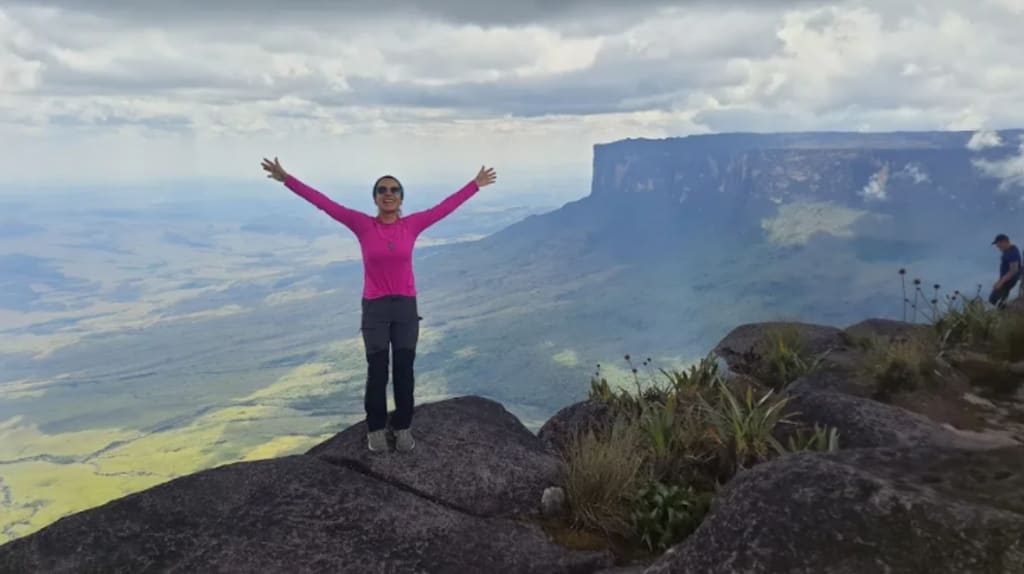
Mount Roraima is the 8th highest peak in Brazil, with more than 2700 meters of altitude, and one of the few places on the planet where there is no human intervention. That's why it's so coveted by adventurers from all over the world.
If you dream of conquering the summit of this magnificent mountain, be sure to read this guide. I can tell you from experience: it is totally worth it!
You might also like these articles:
- Backpacking Brazil: tips from a local for traveling on a budget
- The ultimate Worldpackers Brazil travel guide
Complete guide to hiking Mount Roraima
Careful planning is essential if you want to climb Mount Roraima. You should get prepared in several aspects, ranging from physical conditioning to choosing good trekking equipment, such as waterproof clothing and sleeping bags.
Below, I will explain everything you need to know before embarking on this adventure.
Where is Mount Roraima?
Mount Roraima is located on the triple border between Brazil, Venezuela, and British Guiana.
It is the highest peak in Roraima, Brazil, but the state is home to only 5% of its area. Most of Mount Roraima (around 85% of it) is in Venezuela. The remaining 10% belongs to British Guiana.
Mount Roraima is part of the Canaima National Park and is the highest tepui of a group of 20 other mountains that exist within the park. Tepuis are mountains with this specific rock formation.
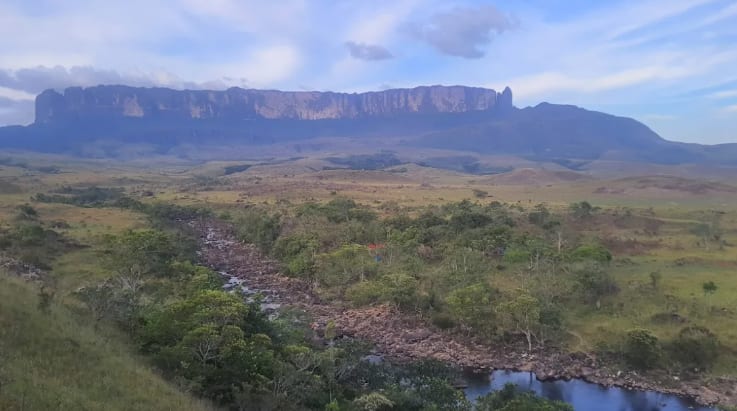
How to get to Mount Roraima
The only way to hike Mount Roraima is through Venezuela. This is done through the Paraitepuy indigenous community, which is located 90 kilometers from the city of Santa Elena de Uairén, in Venezuela, and 320 kilometers from Boa Vista, the capital of Roraima, in Brazil.
Generally, those going on the trek choose to stay in one of these two cities the night before the expedition.
The best way to get to Monte Roraima if you are in Brazil is via Boa Vista airport in Roraima. In Santa Elena de Uairén, Venezuela, there is an airport that is closer to the starting point of the hike. However, it operates with few flights.
When is the best time to go?
It is possible to visit Mount Roraima at any time of the year. The rainy season runs from April to September and the less rainy season (there is no dry period up there) runs from October to March.
During the rainy season, the trails become more difficult and slippery, which is why many people tend to avoid it. On the other hand, it is easier to find accommodation in the best places and see waterfalls that only appear during the rainy season.
The less rainy months are the most popular among adventurers, making the campsites more crowded. The advantage of this period is that the walk is easier and safer.
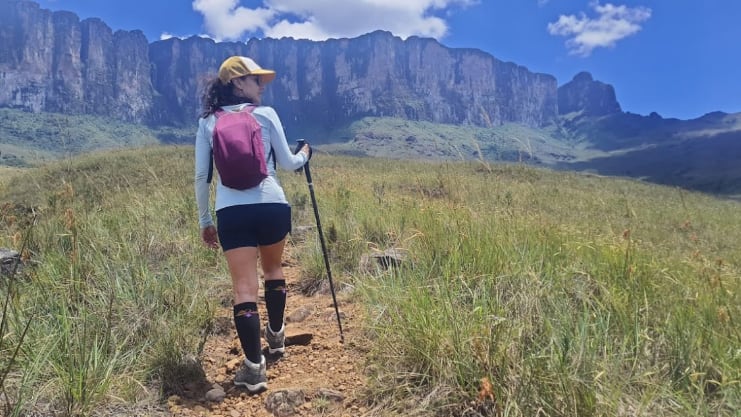
Is it possible to do the trek on your own?
It is not possible to climb Mount Roraima on your own. You must be accompanied by a local guide or a specialized agency.
Tourism on Mount Roraima is one of the only sources of income for indigenous communities in the region.
How long does the Mount Roraima trek last?
The trek can last from 7 to 9 days, with 3 days going up and 2 days going down in any of the options. What changes is the number of days you spend up there. On the 7-day trek, you spend 2 full days at the top, and on the 9-day expedition, you spend 4 days at the top.
If you want to see all the points of Mount Roraima, I suggest taking the 9-day expedition. If you want to visit only the most famous attractions, the 7-day trek is enough. Just being up there is an incredible opportunity already!
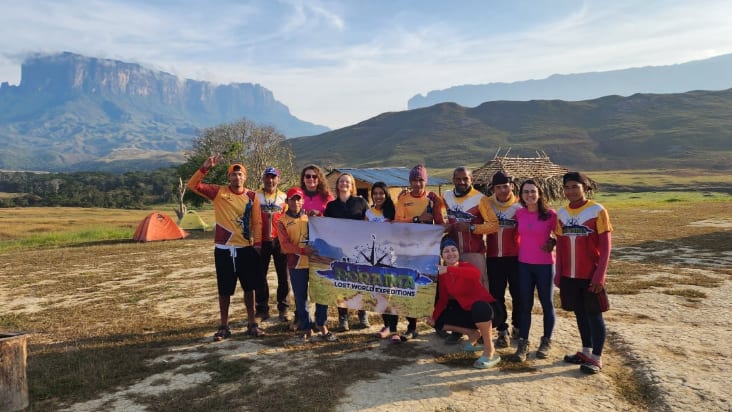
How much does it cost?
The cost of hiking Mount Roraima varies depending on the travel agency you choose. The cheapest option I found costs around 3 to 4 thousand reais (approximately 600 to 800 USD) for the 7-day package. However, it can be as high as twice that price.
The itinerary of all the agencies is generally the same. What differentiates them are the amenities and small comforts, such as larger tents, better quality sleeping bags and more ergonomic benches and chairs. Meals can vary a little too, but they are always plentiful. No one goes hungry up there.
What should you pack?
The weather on top of Mount Roraima is unpredictable. There can be heat and cold, sun and rain on the same day. Therefore, it is necessary to be prepared for all climates and temperatures.
Below is a list of all the equipment needed for the trek:
- Trekking backpack from 40 to 60 liters;
- Sleeping bag with a comfort temperature of 0 to 10 degrees and thermal insulation (you can rent it from travel agencies);
- Waterproof pants and jacket;
- Hiking boots, preferably waterproof;
- Footwear to use on campsites (sandals or flip-flops);
- Raincoat or poncho;
- Large plastic bag or waterproof bag to protect clothes and equipment from getting wet;
- Small plastic bags to put dirty and wet things;
- Walking sticks;
- Thermal or fleece pants;
- Thermal or fleece jacket;
- UV protection long sleeve shirt (2 or 3);
- Comfortable pants for walking (2 or 3);
- Head lamp;
- Biodegradable shampoo and soap;
- Toothpaste and deodorant, preferably biodegradable;
- Sunscreen and repellent, also biodegradable if possible;
- Water purifier;
- Wet wipes;
- Cell phone or camera for photos;
- Power bank;
- A small backpack (10 to 20 liter);
- Swimwear;
- Socks (4 or 5 pairs);
- Underwear (4 or 5, you can wash them on the way);
- Sports bras (2 is enough);
- Clothesline cord;
- Water bottle (1 to 2 liters);
- Medicines you usually take.
Ideally, your backpack shouldn’t weight more than 10% of your body weight. However, as there are so many items, this is almost impossible.
If you are not used to carrying so much weight on your back, you can hire a personal porter in the Paraitepuy indigenous community before starting the walk.

How difficult is the trek?
The difficulty level of the Mount Roraima trek is considered moderate, as you walk more than 90 kilometers in at least 7 days.
However, the hike does not present any major difficulties, such as climbing or sections that require technical equipment.
The biggest difficulty is carrying the weight of the backpack throughout the trek. And depending on the level of the rivers, it may be necessary to use a rope to cross them.
How much do you walk per day?
It ranges from 7 to 20 kilometers per day. Generally, when there are steep climbs, the walk is shorter.
For example, the ascent of Mount Roraima takes 3 days and the descent is done in just 2 days. See below the approximate mileage per day:
1st day: 15 km - relatively flat terrain and high temperature;
2nd day: 9 km - lots of climbs and high temperature;
3rd day: 7 km - climb up the mountain with mild temperature and plenty of shade;
4th day: 20 km - varies according to what you go see up there;
5th day: 10 km - varies according to what you go see up there;
6th day: 15 km - descent from the mountain and change in temperature;
7th day: 13 km - relatively flat and high temperature.
What are the camping sites like?
During the Mount Roraima trek you will always camp in the wild, without electricity or hot showers. However, there are always water sources nearby to bathe and fill your bottles.
It is important to check whether the water is safe to drink or whether it is necessary to add a purifier. Generally, in camping grounds below Mount Roraima it is not necessary to use any type of purifier. At the top of the mountain, it is recommended to use it.
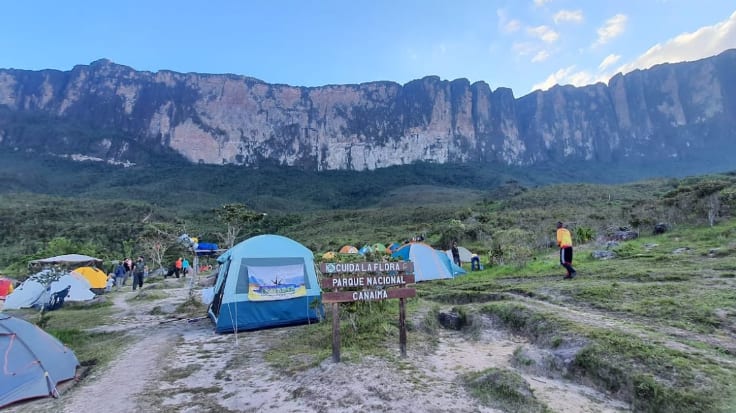
What are the meals like?
Regardless of the agency chosen, the meals are plentiful. The staff prepares breakfast, lunch, dinner and sometimes even an afternoon snack.
There are options available for those with dietary restrictions. Just let the team know before the expedition starts so they can provide the necessary food according to the restrictions.
The main attractions of Mount Roraima
Jacuzzis
Jacuzzis are amazing pools that form between the rocks, with crystal clear, cold waters. They are ideal for bathing and relaxing after many kilometers of walking.
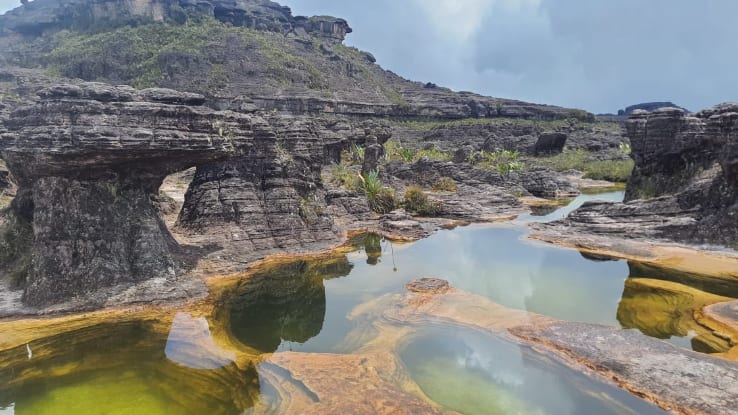
El Fosso
This is a deep lake in the middle of the rocks and one of the most spectacular attractions on Mount Roraima.
It is possible to reach it through an underground cave or by jumping into the water when the water level is high. Get ready to feel the coldest water of your life!
Crystals Valley
The Vale dos Cristais is a region full of crystals in the soil and rocks. It is forbidden to take crystals with you, and all backpacks are searched when you leave Monte Roraima.
Arabopó River
The Arabopó River is the natural border that separates Brazil and Venezuela. It is located amidst rocky walls and lots of greenery and is one of the most beautiful places of Mount Roraima.
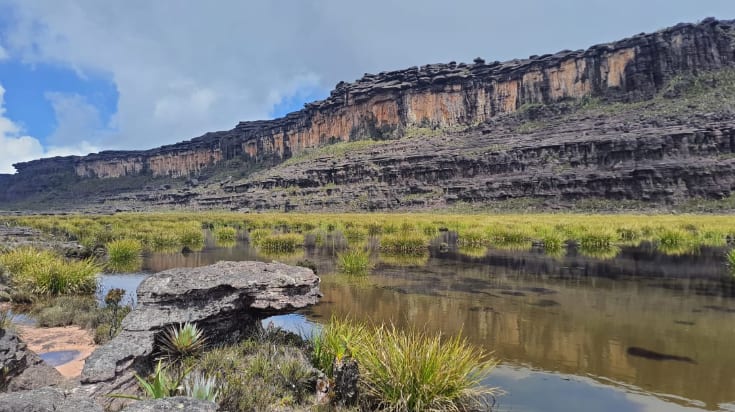
Maverick
Maverick is a stone similar in shape to the car of the same name. It is the highest point on Mount Roraima, with more than 2800 meters of altitude.
When the Kukenan waterfall has water, it is possible to see it from the top of Maverick.
La Ventana
La Ventana is the most famous viewpoint on Mount Roraima. From there, you can see the Kukenan, which is the mountain next to Mount Roraima. In the morning there are usually fewer clouds.
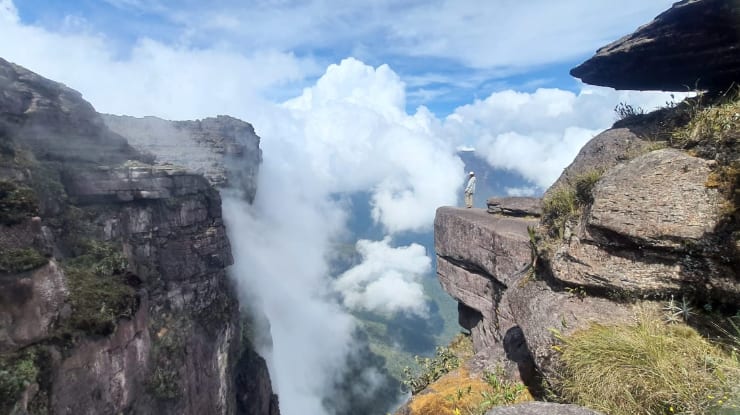
Triple Border Landmark
The Triple Border Landmark is a pyramid-shaped monument that separates the 3 countries: Brazil, Venezuela, and British Guiana. It is one of the most visited points on Mount Roraima.
Other tips about Mount Roraima
- Hire an agency that supports local communities.
- Pack only the essentials. The lighter your backpack is, the easier the walk will be!
- Take the opportunity to get to know the culture of the indigenous communities of Gran Sabana.
- Keep an open mind because the Mount Roraima hike is much more than just trekking.
Free accommodation near Mount Roraima
Many travelers take advantage of the trip to Mount Roraima to explore other places in the North of Brazil. Roraima and its neighboring states, Amazonas and Pará, are excellent destinations, full of history, culture, typical cuisine, and amazing natural landscapes.
You can travel on a budget to many places in northern Brazil through Worldpackers, a work exchange platform. In addition to not spending money on accommodation, traveling as a volunteer is a great way to experience true cultural immersion.
That way you end up spending more time at destinations and experiencing the reality of each place. You also have the opportunity to interact with local communities and discover less conventional places.
This type of volunteering is an exchange: you help the host for a few hours a week and receive accommodation and other benefits, which can range from meals to activities, tours and courses.
In Boa Vista, the gateway city to Mount Roraima, you can volunteer at a hostel that supports indigenous peoples and learn more about the history and culture of this region. See more details about this opportunity here.
In beautiful Alter do Chão, in Pará, you can volunteer on a farm, supporting general services and gardening. You’ll have lots of free time to enjoy the beautiful river beaches and forests in the region. Click here for more information about volunteering at Casa da Maya.
Another option is the state of Amazonas. In the capital Manaus, from which you can go in numerous jungle tours, you'll find a few great volunteering opportunities at the best hostels in the city.
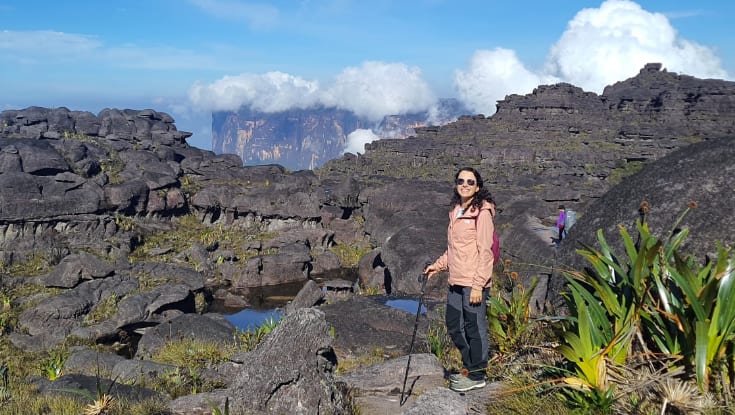
So, do you have any questions about Mount Roraima? How about embarking on this adventure?
If you feel like exploring other destinations in the North of Brazil with Worldpackers, create a free profile and start saving your favorite volunteer positions.











